Our capabilities are not restricted by the products we have. We can customize and adopt a different approach in giving a solution that best match and fulfil individual requirement.
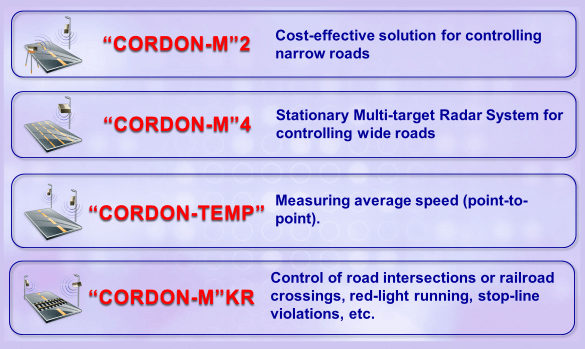 | 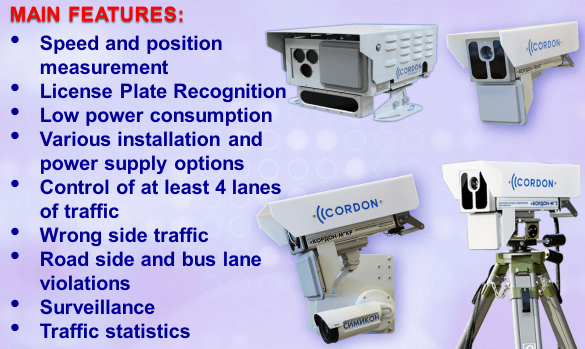 |
All-in-one solutionSpeed measurement, red-light traffic infringement, license plate recognition and detecting the violations, statistic collection and analysis are performed on the product itself without additional camera, external or remote computing devices. | Advanced Design ApproachUsing sufficient resolution for precise license plate recognition and advanced license plate recognition technique, we do not require super-industrial computer, high capacity data storage, high bandwidth internal data bus, powerful supply unit, high-speed transmission channel to run our system. |
User-orientedSpeed measurement accuracy, ANPR recognition probability, error recognition probability, low power consumption, reasonable data size, various data transmission channel (3G, 4G, Wi-Fi). | LightweightCompact single-unit design provides easy handling, installation, protection against vandalism and rapid re-establishing the speed control station in different station. |
Extremely low power consumptionTypical not more than 60W per entire system with all working heaters so it can use various source of power supply (solar panels). | All-weather outdoor operationProtection against dust and humidity in conformance with IP 65 standard. |
Strong vandal-proof housingProviding physical protection in conformance to IK08 standard. | |
SIMICON Advanced Approach in Engineering Design of Photo-radar System
Further below, we would like to provide our audience basic understanding on the parameters that one manufacturer have to balance during the design process of a photo-radar system so you can understand it better and make certain comparison of one photo-radar traffic system over others.

99% of the features of any device can be split for two different categories. They are formal features (FF) and consumer features (CF). FF and CF are not always unified. Sometimes, FF is very important for the customers but not every time. Any producer try to highlight their best FF, however CF are the most important for customers.
Very often, non-users are concern about the camera resolution, computing power, operating system or the interface. While typical users will focus on speed measurement accuracy, ANPR recognition probability, error recognition probability, power consumption and data transmission.
It is not benchmarking the digital photos of cameras; speed enforcement cameras are not about megapixel. They are designed to perform distinctive tasks.
The fewer megapixels a camera embedded, the higher contrast and sensitivity it has in low lighting condition. On the contrary, a camera with high megapixels, it will produce detail pictures but less contrast in low lighting condition.
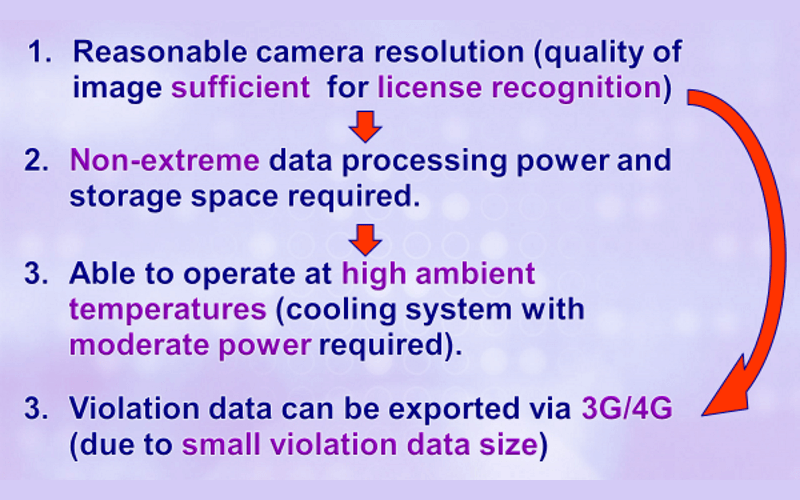
This parameter has to be balanced - the size of pictures has to be sufficient for recognizing the symbols of license plate, and at the same time pictures have to utilize as less operating memory as possible - to be processed quickly and to utilize less space when stored.
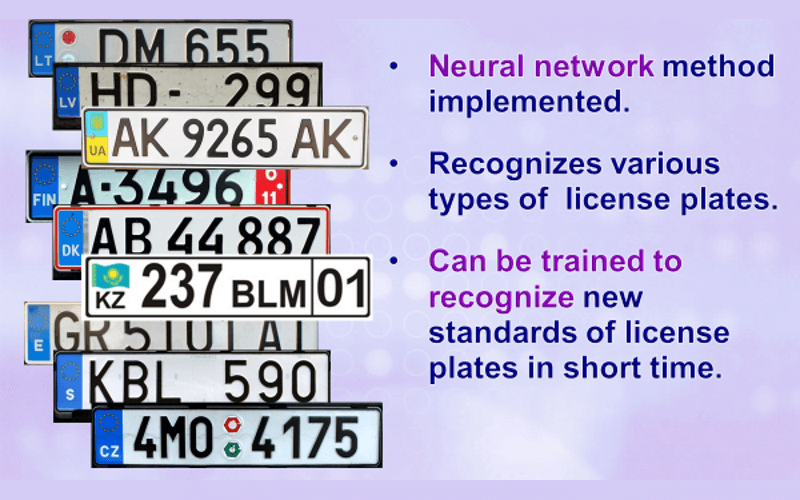
In common design approach, ultra-high resolution cameras of 10-20MP are used for good license plate recognition probability (95%). However, the image file size will be huge. Powerful industrial computer will be needed with high capacity storage, high band-width internal bus, powerful cooling system and high power consumption.
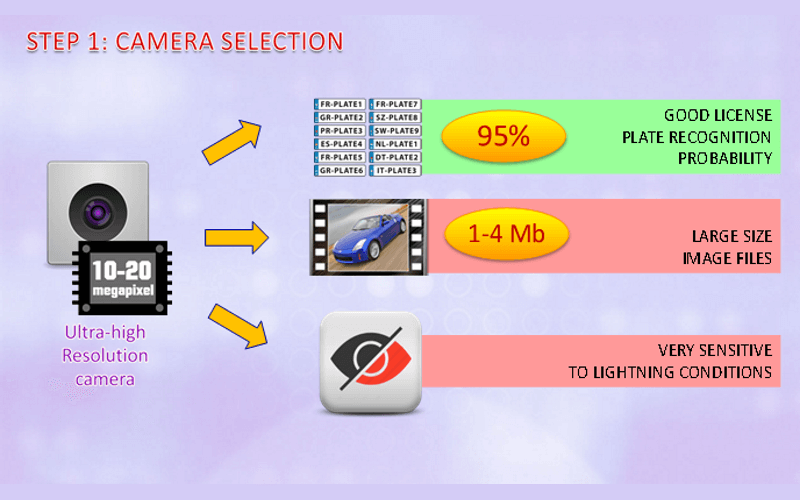 | 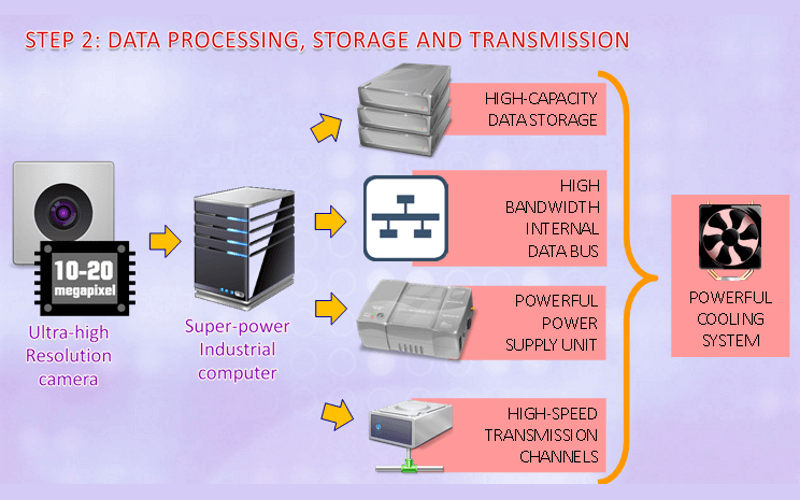 |
In advanced approach, thanks to advanced license plate recognition technique based on neural network, SIMICON successfully utilized a resolution of just 4MP camera to get 98% probability of license plate capturing. The image size reduced to 100kb compared to 0.6-4Mb of common approach. It also reduces the power consumption from 500-1000 Watts up to 10 times, making it suitable to various source of power supply including solar panels.
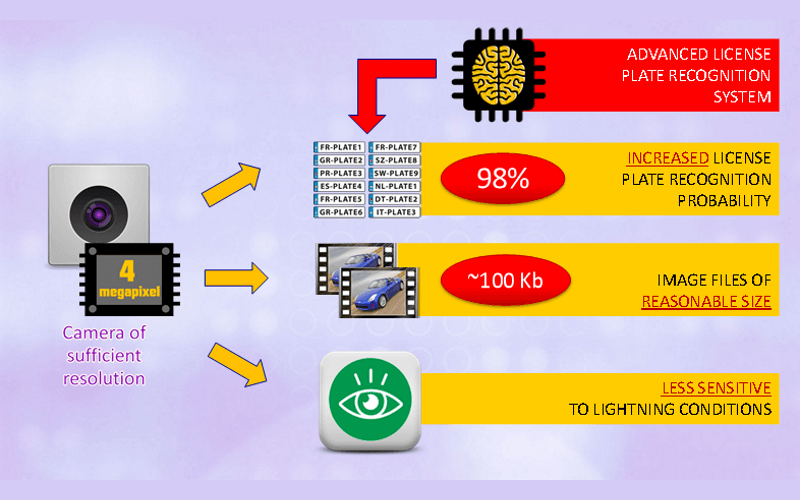 | 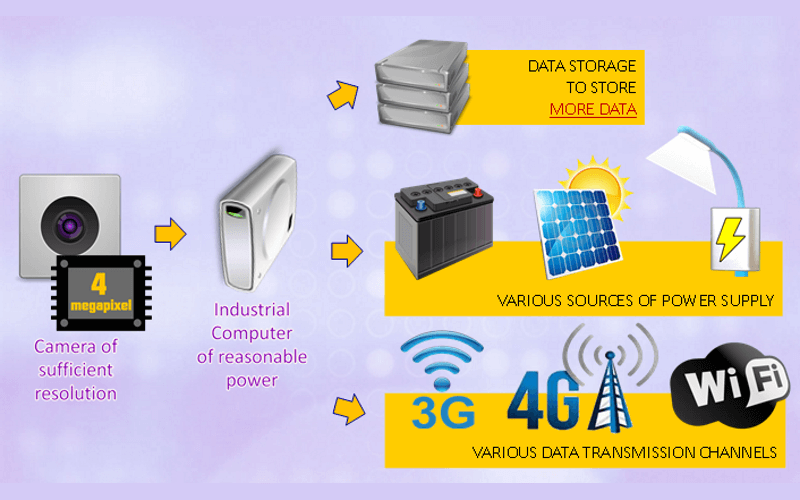 |
With small image file sizes, it will be very much cost effective and allow multiple ways of transmission thru infrastructure like cable and network. The list of transmission methods are listed below:
1.Fiber optic
2.Ethernet
3.Wi-Fi
4.4G(LTE)
5.3G (UMTS, HSPA)
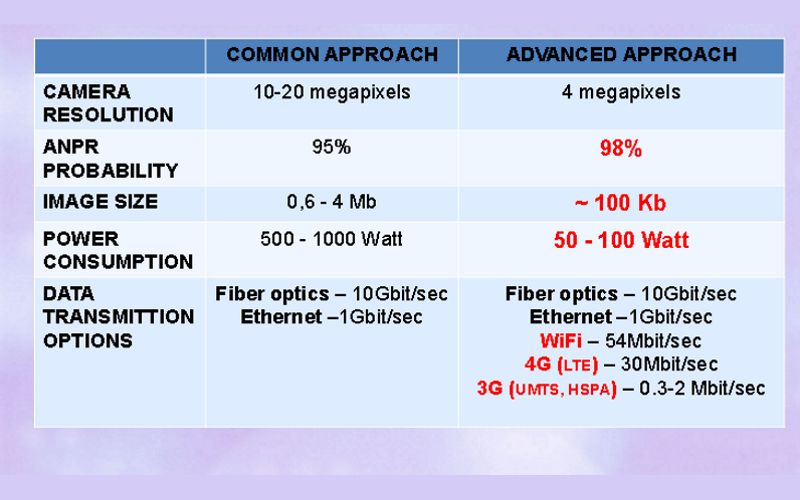 | 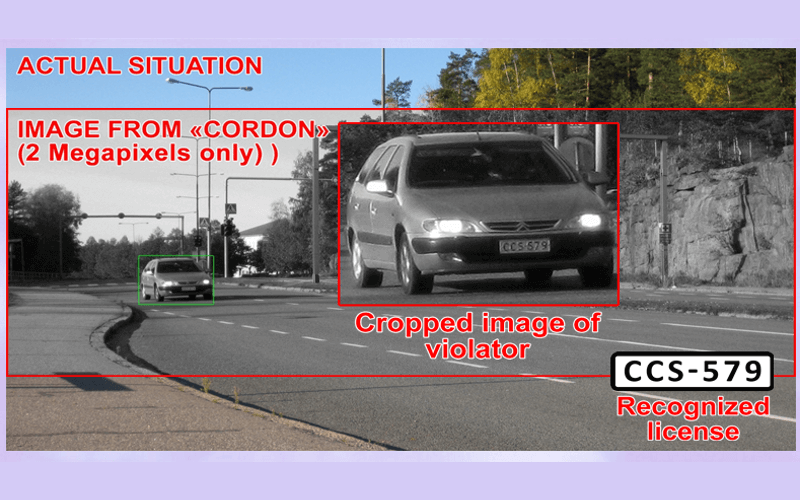 |
If you are an end-user, think about the productivity of your system, the bandwidth, storage, power consumption cost and probably cost of maintenance and transportation etc,
It probably will help you to determine which product serves and fulfil your requirements.

